
Beyond Hierarchies. Artists share innovative working models during TPAM 2019
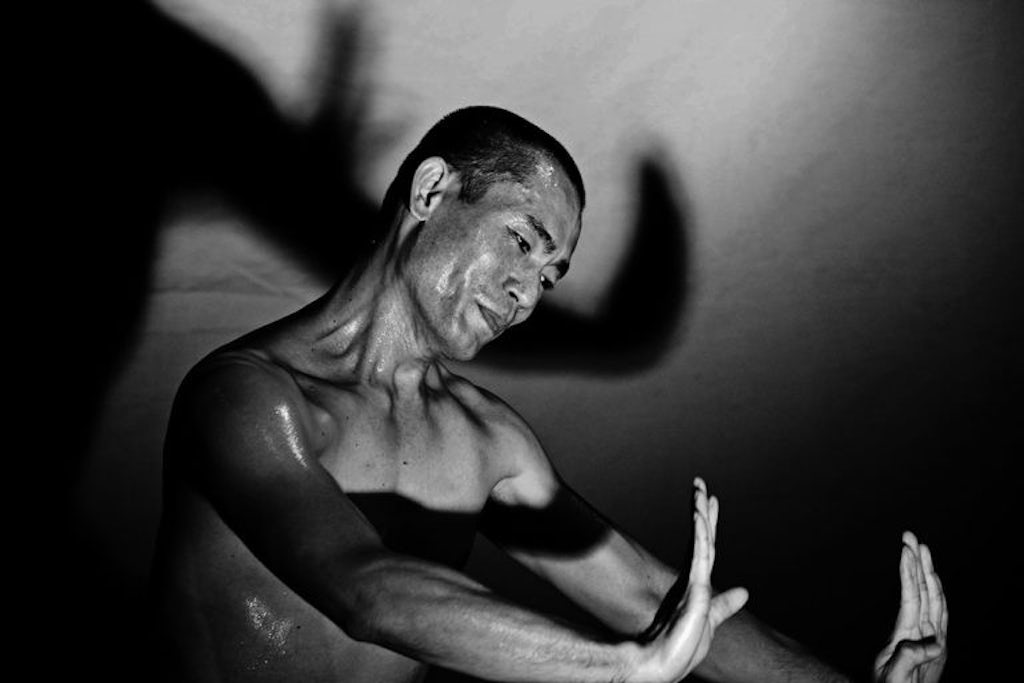
I am a demon — Pichet Klunchun
From February 9 to 17th 2019, one of the biggest performing arts platforms in Asia took place: TPAM in Yokohama (Japan). On the first day, I attended a symposium on contemporary dance in Asia called ‘Beyond hierarchies’. However vague this subject might be, the three artists around the table (dancers-choreographers Pichet Klunchun, Eko Supriyanto and Yukiko Shinozaki) sure have interesting practices dealing with ‘breaking the hierarchy’ in some way or another. The session was moderated by Kee Hong Low, head of theatre of West Kowloon Cultural District (Hong Kong).
Dancer and choreographer Pichet Klunchun is most known for his contemporary interpretations of traditional Thai Khon dance. Pichet has set up his own theatre in Bangkok, not so much as a presentation venue, but rather as “a physical manifestation of what a performing arts company can mean in Thailand”. He felt the need to create something tangible. As a dancer in Thailand, you might have a high position culturally, but in society, this is not the case. The theatre he created is meant as a safe space for the company to work. The families of the dancers were invited to come visit the place, so that they would have a better idea of what the job of a dancer entails. The place is located in a Muslim quarter (in a predominantly Buddhist country). In that sense, this project is not about reaffirming the centre, but rather about stepping away from it, or acknowledging that multiple centres exist.
Pichet points out that he plans to step out of the safe zone of the company, because “if you want to evolve, you need to stop. You are recognizable and people are happy. But that means that you kill yourself and the future.” He wants to step away from creating productions based on traditional dance. His company makes a move to galleries to look for new audiences. According to Pichet, mixing hierarchies and researching the position of the theatre in Thai society is the company’s responsibility. It is about creating a model that might inspire new generations for the future. “In Thai traditional dance, we have 59 positions for the body. We will create number 60, which will be a concept.”
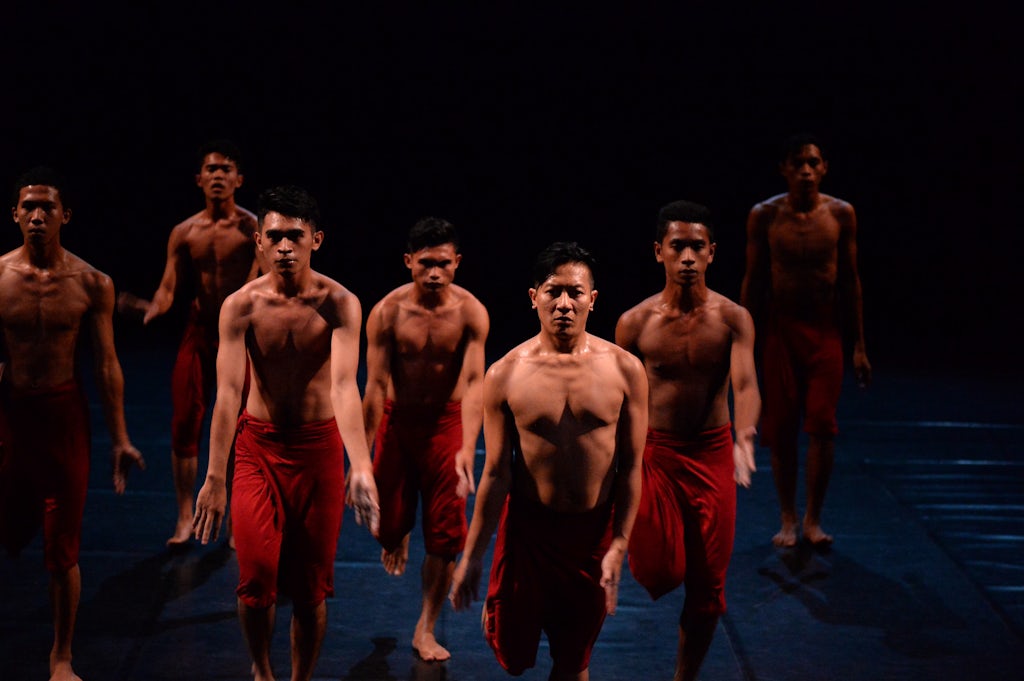
Indonesian dancer and choreographer Eko Supriyanto feels like he has given all he can to his dancers and that the time has come to move on. He has found a way to function like a ‘social acupuncture’.
In 2011, he met a government leader on the Halmahera Island (Indonesia) who questioned how he could better promote tourism. Eko was asked to co-organise a big festival on the island that would acknowledge the culture, dance and music of the region. He accepted, but on the condition that het could do research on the island for two years. So Eko ended up working with 450 kids of the island, doing improvisation and traditional dance, which was a good way to connect to them and their community.
Eko tries to find ways to use the support he receives not just for one production, but for sustainable initiatives on the long term.
This was a way to twist the hierarchy, as the project (that also toured) was in itself a promotion for the island and for tourism, but at the same time, it deals with the legacy of the inhabitants. In the meantime, for these kids, it has become their own festival and one day, they will coach their peers. The work Eko did with the youngsters led to the show Cry Jailolo, which was performed by six boys of the island and toured in and outside Indonesia. The choreographer calls this an example of ‘silent tourism’. (You can read the whole story here.)
Eko tries to find ways to use the support he receives not just for one production, but for sustainable initiatives on the long term. With the coproduction money of Salt, for example, he developed a studio where villagers can also practice dance and yoga. A creative way to reverse power structures.
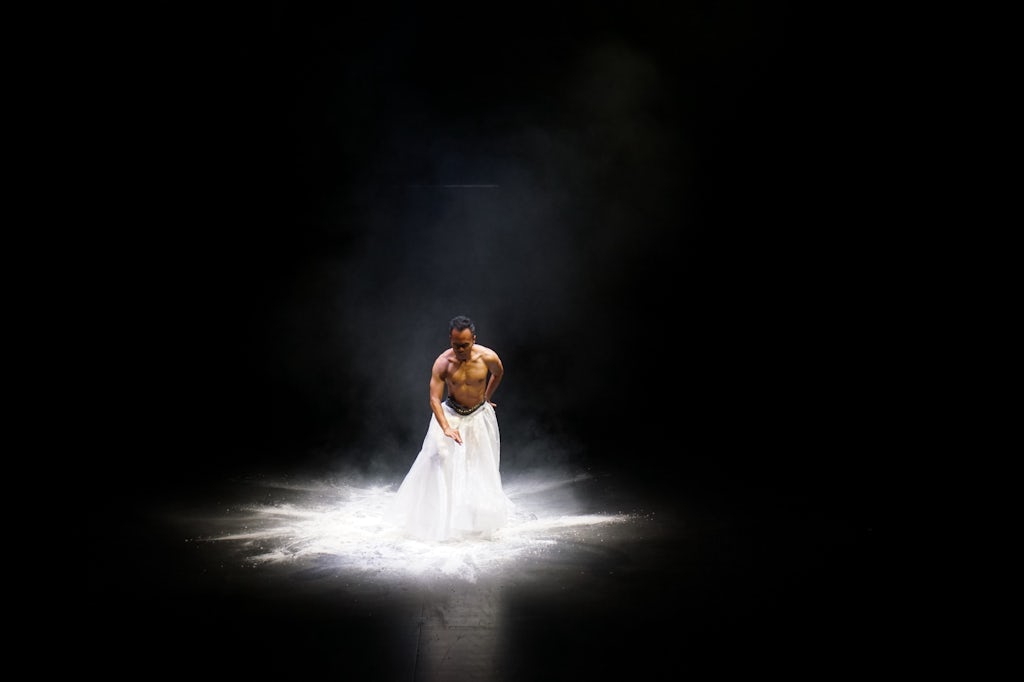
In the meantime, six mayors of different islands have asked Eko to create a similar project … He negotiated that he would not create the project himself, but that young curators will do it instead and that they will also have a two-year research period on the islands. The aim of the local politicians was clear (replicating a successful festival formula to promote tourism), but the choreographer succeeded in having them accept his conditions, thus creating possibilities for young choreographers. It is about finding the balance between the expectations of the local government and empowering the young choreographers to do their own thing.
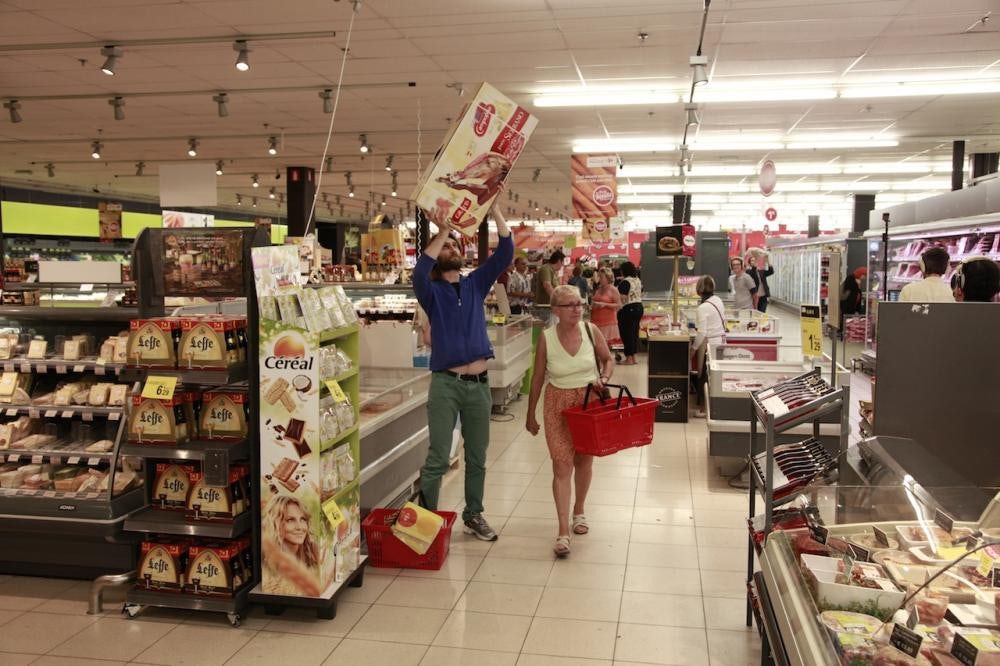
Yukiko Shinozaki is an artist of Japanese descent who has been working in Brussels, Belgium since 1997. Together with Heine Avdal, she founded the company fieldworks. In their practice, Shinozaki and Avdal examine how to expand the notion of movement, dance, performativity, of what we take for granted. This also means: making visible and questioning existing conventions in different types of spaces. They literally move out of the centre with their work. To the lobby of a theatre, a shopping mall, an office …
During TPAM 2011, Field Works — office took place in an architects’ office, during office hours. According to Yukiko, “the activity of architects doing their work, is a performance in itself. But there is no hierarchy: human bodies are not more important than the office itself. We make things visible in the space that are there, but are not visible yet.” The Borrowed Landscape project, which started in a model home in Yokohama, refers to an old East-Asian garden technique — if you design a garden, you have to take the landscape into account. Each part of the series is inspired by a different location. Through the interaction with the space, the (accidental) audience is invited to rethink it.
Yukiko and Heine will continue off the beaten track. They are currently working in Norway with two amateur dance groups: one for elderly people, and the other one a mixed group of people with and without a disability. Yukiko expresses the wish to refind the beauty of dancing, of the body; to go back to the core.
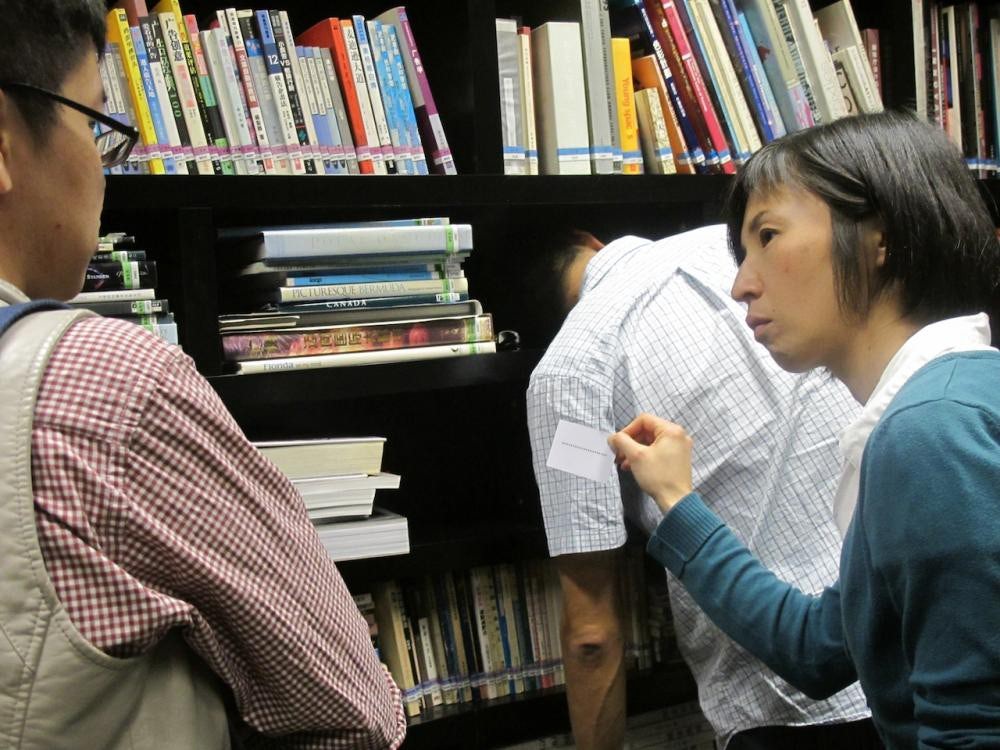
Although the practices of these three artists are very different, they all implicate a larger community and re-choreographing the site. They are constantly evolving and looking for ways to step out of their comfort zone. All three of them come from a traditional background (Yukiko was trained in classical ballet). And while the tradition is still very much present in every single fibre of their body, their approach is to reinvent and question it.
“In some realities, you can choose to be an activist. In others, performing in itself becomes an act of activism.”
At the end of the talk, audience member Karima Mansour from Cairo referred to Eko’s story and pointed out that the reality in Egypt is completely different. You do not have the choice of working or not working with the government: either you belong to it or you are independent, it is not up to you to choose. “If we work in the public space or squat a place, you can be thrown in prison.” Karima sees a replication of hierarchies in the art world: how independent artists deal with funding bodies, curators and festivals is a replica of the power games that are played on a political level. “In some realities, you can choose to be an activist. In others, performing in itself becomes an act of activism.”
Someone in the audience mentions the hierarchy between dancer and choreographer. What are the strategies to include dancers in this kind of conversations? How do the three choreographers deal with this hierarchy?
At this moment, five young dancers are creating their own piece in Eko’s studio. In the traditional court dance in Java, you have to be a good dancer first if you want to become a choreographer. Yukiko and Heine always invite performers instead of doing auditions. They give freedom and discuss the concept of a performance together with the performers. Although Heine and Yukiko initiate the project, most of their collaborators create their own movements and take responsibility for it. Most of the people they work with, have their own projects. Pichet does not like to talk about ‘choreographer’ and ‘dancer’. “Thailand is the country of hierarchies and we enjoy reversing them. My dancers also do their own choreographies. We don’t do repertoire, but everybody creates his own movements. In that sense, we are very much destroying the culture of Southeast Asia!”
“When we get established in our positions, we tend to hold on to the power, we are not conscious of it. There can only be a next generation if you step out and leave the room …”
Kee Hong points out the importance of giving away power. The challenge is to deal with the recent past and with problematic power hierarchies and to imagine possibilities for future generations. “When we get established in our positions, we tend to hold on to the power, we are not conscious of it. There can only be a next generation if you step out and leave the room …” He is aware that he speaks from the position of a very large institution, which in itself will probably create more hierarchy. He wonders if a ‘transparent curation’ is possible, instead of creating and releasing festivals into the world as consumer products. What if the power is removed from the curator? He also wants to enlarge this question to TPAM itself. In many ways, next year will be a crucial year for TPAM. One of the big projects that the Japan Foundation is funding because of the Tokyo Olympics, is TPAM. What kind of conversations will we be having then? And how sustainable will the outcome of this huge event be? The platform provided so many opportunities and conversations within the region that were not possible before, but how will it evolve and transform after 2020? I am already looking forward to the conversations of next year …





